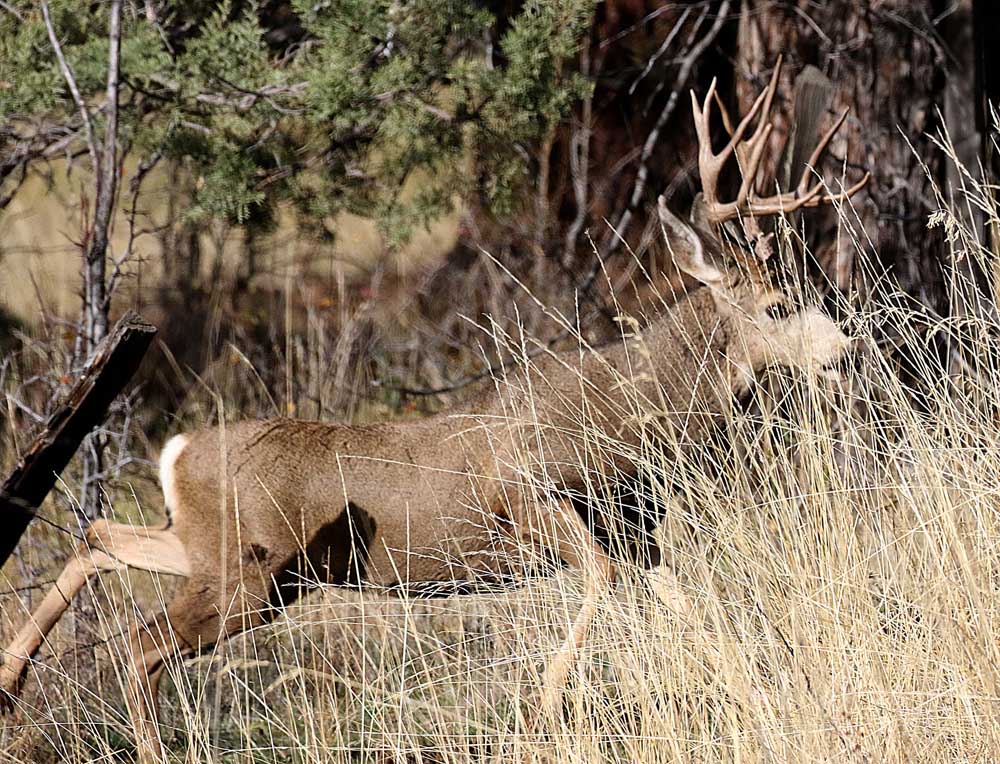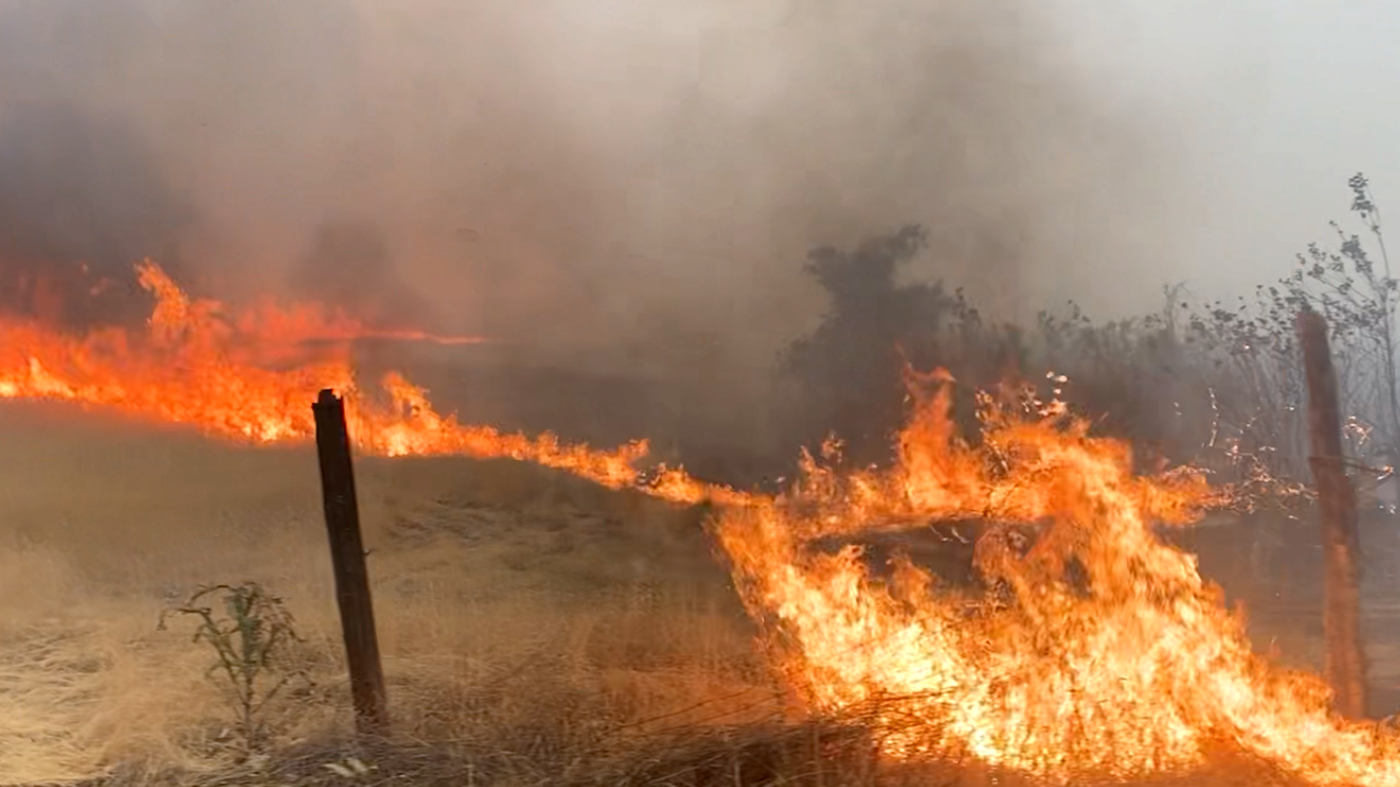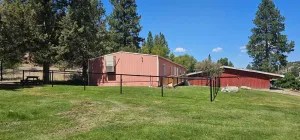Guest Comment Remove old barbed wire to prevent wildlife tragedies
Published 12:35 pm Tuesday, December 13, 2016

- A second buck was also caught in a broken down fence but managed to kick itself free.
A recent photo shoot in northern Grant County revealed a problem that causes injury and death to wildlife. Miles and miles of old, rusty barbed wire is strewn across the countryside from years and years of neglect of abandoned fencing. Downed wire creates death traps for animals — wild and domestic.
Trending
Placing blame for this tragic situation is not useful. Abandoned wire is found on both private and public lands. It is understood that its use is required where fencing cows is necessary; however, the deadly accumulation of old barbed wire will barely be noticed — until something bad happens.
Rutting deer (and elk) do battle for available mates. They lower their racks and thrust themselves forward to clash. As they charge to and fro, their antlers can easily become hopelessly entangled in downed barbed wire. Many of these bucks are destined to a long and painful death — unable to eat, drink or protect themselves from predators or the elements.
On this day, a beautiful mule deer buck, dragging barbed wire, pulled his way to the cooling waters of the Middle Fork of the John Day River. His efforts to dislodge the wire were frantic. Panting hard, he kicked up his back feet as he plunged and swung his head back and forth. Unsuccessful, he left the river with the wire in tow and disappeared over a high ridge. Short of a miracle, the wire will become hung upon something and he will meet an unnecessary fate.
Trending
Unbelievably, in less than an hour, about 25 miles away, we witnessed a second mule deer buck catch his rear feet as he leaped a partially downed fence. He struggled a bit but was able to kick his way free — this time.
There are many problems in our county that are hard to know how to fix. This is not one of those. The problem of abandoned barbed wire is solvable. Ranchers can lead the way — work collaboratively with public agencies to conduct a countywide cleanup. It is recognized that ranching is more than a full-time job, but there are possibilities and opportunities to turn this into a win-win situation. Partnership grants can put people, especially our youth, to work removing this hazard. A sense of value and pride for accomplishing this task would be a worthy outcome. Recycle the rolls of discarded wire. The removal of barbed wire risks will benefit horses, cows, hunters, hikers and, yes, the wildlife we all cherish.
Terry Steele, nature photographer, is a self-educated naturalist. Kay Scheurer Steele, biologist, is a self-educated photographer. More of their work can be viewed at terrysteelenaturephotography.com.









